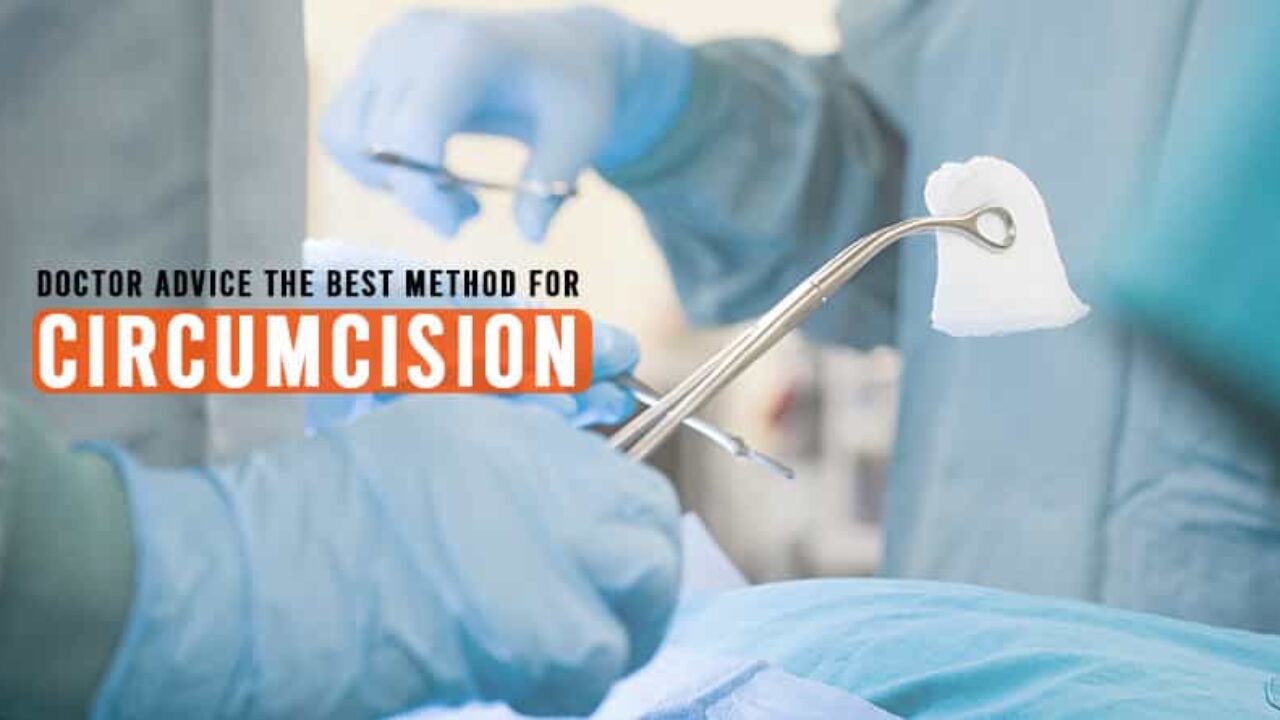Circumcision is often performed shortly after birth in hospitals. Babies typically remain awake during this procedure, which takes place under restraint to keep them from wiggling during and after. An anesthetic injection or cream may also be given to help numb the area during circumcision.
If a baby is unwell or unstable, circumcision should be delayed until they can leave hospital safely – this is particularly relevant when considering preterm babies.
What is circumcision?
Circumcision Melbourne is a surgical process in which doctors remove male penis foreskin using either topical anesthetic cream or injectable anesthetic. Acetaminophen may be given during and following the surgery to help provide pain relief during and afterward.
In the United States, approximately 60% of baby boys are circumcised soon after birth or within the first few weeks of life. Often performed in hospital as part of routine birthing procedures or later by pediatricians, family doctors or urologists. It may also serve as part of religious rituals in Jewish and Muslim faith communities known as brissing ceremonies.
Circumcision can lower a man’s risk of HIV infection and sexually transmitted diseases (STDs). Furthermore, circumcision can prevent conditions like balanitis and paraphimosis that affect penile tissue.
How is circumcision done?
Circumcision is a surgical process, so your baby will require some form of anaesthetic for it. Either a general anaesthetic or local anaesthetic will be administered to ensure their pain and discomfort are reduced during the procedure. They may remain awake during it all or use something like honey-flavored sugar water in their pacifier as a pain-reliever; when finished they’ll likely be wrapped tightly or swaddled before receiving some painkillers like Acetaminophen for additional pain management.
[Figure 2]. A slit is cut in the prepuce to allow its removal using two sturdy locking forceps clamped along its corona and in front of the glans, along with a scalpel for cutting off foreskin flush with forceps – this technique effectively prevents both phimosis and paraphimosis.
Dressings should be applied over the penis and should be changed at every diaper change. A dab of lubricant may be applied before applying the dressing; during this time period it’s also important to encourage drinking plenty of fluids while limiting heavy lifting or strenuous activity.
What are the risks of circumcision?
Circumcision is safe when performed by a provider with medical training, and complications are generally minor and infrequent.
Sometimes the skin of the penis may become irritated, leading to problems with urination known as meatitis. To avoid this complication after circumcision, dressing the area with an antiseptic ointment could prevent it.
Research indicates that men who are circumcised may have reduced risk for sexually transmitted diseases (STDs), including HIV. Unfortunately, however, no conclusive proof exists to support this assertion.
Circumcision should never be performed on an unstable or sick infant. For best results, infants should be allowed to stabilize for at least several days prior to having elective circumcision performed on them – they must be able to feed, pass urine and stool normally and maintain their temperature without needing an incubator or radiant heat warmer for warmth before being circumcised.
What are the benefits of circumcision?
Circumcision can lower the risk of infection of the glans (the end of the penis), make it easier to keep clean, and may decrease urinary tract infection risk in uncircumcised boys. Furthermore, circumcision reduces foreskin sensitivity to touch. It may help prevent phimosis — whereby its foreskin becomes stuck behind the penis’s head — as well as alleviate symptoms associated with other penile diseases, including balanoposthitis and paraphimosis.
Circumcised men may have reduced risks of HIV when heterosexually engaging with female partners, according to several clinical trials. But circumcision cannot fully protect against sexually transmitted infections; condom use during sex remains important.
Circumcision should never be performed on infants that are unstable or sick; it is best to wait until they have stabilized enough to meet criteria for discharge from hospital before considering circumcision as an option. Furthermore, circumcision can be too stressful an experience for premature babies.
